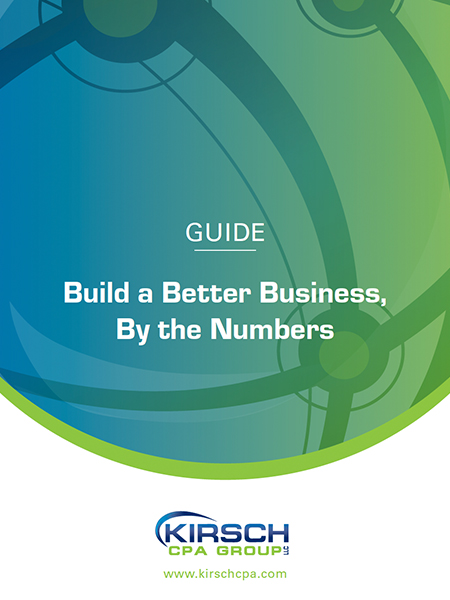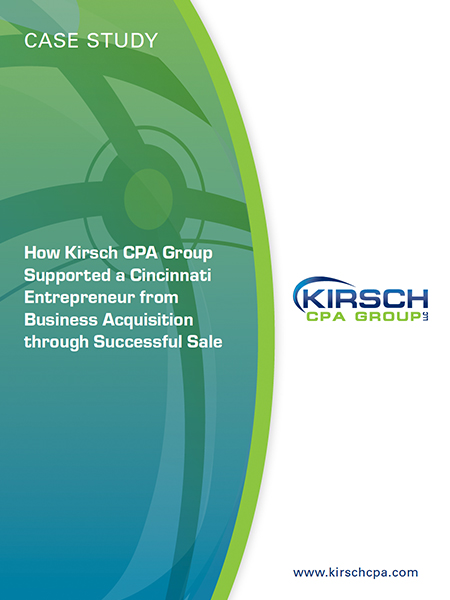Get More Bang for Your Buck with Tax-Favored Employee Benefits
Feb 18, 2016
2016 ushers in a few changes to the tax laws that govern benefits, as the IRS recently laid out in its annual “Tax Guide to Fringe Benefits.” The document features important clarifications, not just identifying which benefits are and aren’t tax-exempt to employees, but also the fine points of tests that tax-exempt benefits must satisfy to maintain that status.
Here are some of the changes and reminders for 2016:
 Mileage. The deduction for the business use of a personal vehicle dipped from 57.5 cents per mile last year, to 54 cents per mile currently. When employers reimburse workers for using their own cars for business (such as for traveling to a required out-of-town seminar or delivering documents for the boss), mileage pay might be considered a benefit to the extent it exceeds the actual cost to the employee of operating the vehicle. In spite of the roughly 6% decrease in the 2016 mileage rate and in light of the slide in gas prices during the past year, this benefit could add up nicely for employees.
Mileage. The deduction for the business use of a personal vehicle dipped from 57.5 cents per mile last year, to 54 cents per mile currently. When employers reimburse workers for using their own cars for business (such as for traveling to a required out-of-town seminar or delivering documents for the boss), mileage pay might be considered a benefit to the extent it exceeds the actual cost to the employee of operating the vehicle. In spite of the roughly 6% decrease in the 2016 mileage rate and in light of the slide in gas prices during the past year, this benefit could add up nicely for employees.
Public transit. At the end of 2015, the dollar limit on monthly excludable public transit benefits nearly doubled, from $130 previously to $250 for all of 2015 (retroactive to January 1, 2015). The purpose of the retroactive increase was to have the limit match the benefit available in 2015 for employees who carpooled in a “commuter highway vehicle.” (The IRS is issuing guidance on how employers can address the impact of the retroactive 2015 increase on payroll taxes already withheld.)
For 2016, the public transit benefit rose again, to $255, the same as the 2016 limits for employees that carpool in commuter highway vehicles and for qualified parking. Qualified parking includes parking near your place of work as well as using parking lots next to mass transit stops.
Taxable or Not
In its overall guidance on employee benefits, the IRS reminds employers that its default position is that the value of benefits is taxable to the employee — unless the benefit is one specifically identified as excludable. In other words, you can be as creative as you want in providing benefits, but you need to inform your employees that they might be taxed on the value of anything which isn’t on the IRS approved list.
An exception is made for “de minimis” benefits. Such a benefit, according to the IRS, is “any property or service you provide to an employee that has so little value (taking into account how frequently you provide similar benefits to your employees) that accounting for it would be unreasonable or administratively impracticable.”
Examples include the personal use of a cell phone provided for business use, “low market value” holiday gifts, parties, and meals or cash to pay for them “provided to enable an employee to work overtime,” and life insurance worth no more than $2,000.
Excludable Benefits
Here’s a list of other excludable benefits beyond the most familiar categories, like health and retirement plans, subject to clearly defined limits:
Achievement awards. The exclusion doesn’t apply to cash and cash-equivalent (for example, vacations, lodging) awards.
Adoption assistance. The plan must be clearly documented. Limits apply to highly compensated employees.
Athletic facilities. The exclusion applies only to on-premises facilities (or other locations that your company owns) if “substantially all” of the use is by employees, their spouses and dependents. Company-owned resort locations are excluded.
Dependent care assistance. The rules governing these programs are essentially the same as those which employees must satisfy to take a dependent care tax credit. Generally, an employee can exclude from gross income up to $5,000 of benefits received under a dependent care assistance program. IRS Publication 503 provides more details.
Educational assistance. These benefits, which can’t cover graduate education, must have “a reasonable relationship to your business,” and be part of a degree program.
Employee discounts. Among other limits, the discount can’t be more than 20% or the percentage of profit built into the price you charge regular customers.
Group term-life insurance. A variety of rules limit this benefit, including a $50,000 ceiling on the death benefit.
Health savings accounts. Employer contributions cannot be used to fund medical expenses that will be “reimbursable by insurance or other sources … and won’t give rise to medical expense reductions” on employee tax returns.
Lodging on your business premises. The basic requirements are that the lodging is furnished for the employer’s convenience and that the employee must accept it as a condition of employment.
Moving expense reimbursements. If you reimburse an employee for moving expenses, those expenses must be such that the employee could deduct them if he or she had paid or incurred them without reimbursement.
Stock options. Many rules apply here for all three categories: incentive stock options, employee stock purchase plan options, and nonqualified stock options.
No-additional-cost services. An example is an airline giving an employee a free seat on a flight if the flight had empty seats.
Working condition benefits. This applies to property and services provided to an employee, such as a company car, “to the extent the employee could deduct the cost of the property or services as a business expense or depreciation expense if he or she had paid for it.”
Some Things That Didn’t Change
Finally, the annual limit on untaxed employee salary reduction contributions to flexible spending accounts remains capped at $2,550. Also, the 0.9% Medicare payroll surtax still kicks in when an employee’s cumulative salary for the year exceeds $200,000.
This simplified overview might provide a catalyst to review your entire menu of tax-favored employee benefits. While the availability of a tax exclusion can deliver higher value benefits for employees than straight compensation, the benefits must still make sense in light of your employees’ needs and your own human resource strategies. Call us at 513-858-6040 to help you consider the possibilities.
Copyright2016
Sign Up for Email Updates
Accounting & Financial News

Audits Are Essential to Your Organization’s Health
Audits have become more important due to increased public and government scrutiny of not-for-profit organizations, their management…

Tax Update: What the “One Big Beautiful Bill” Means for You
On July 5, President Trump signed the One Big Beautiful Bill Act (OBBB) into law—a sweeping tax…




